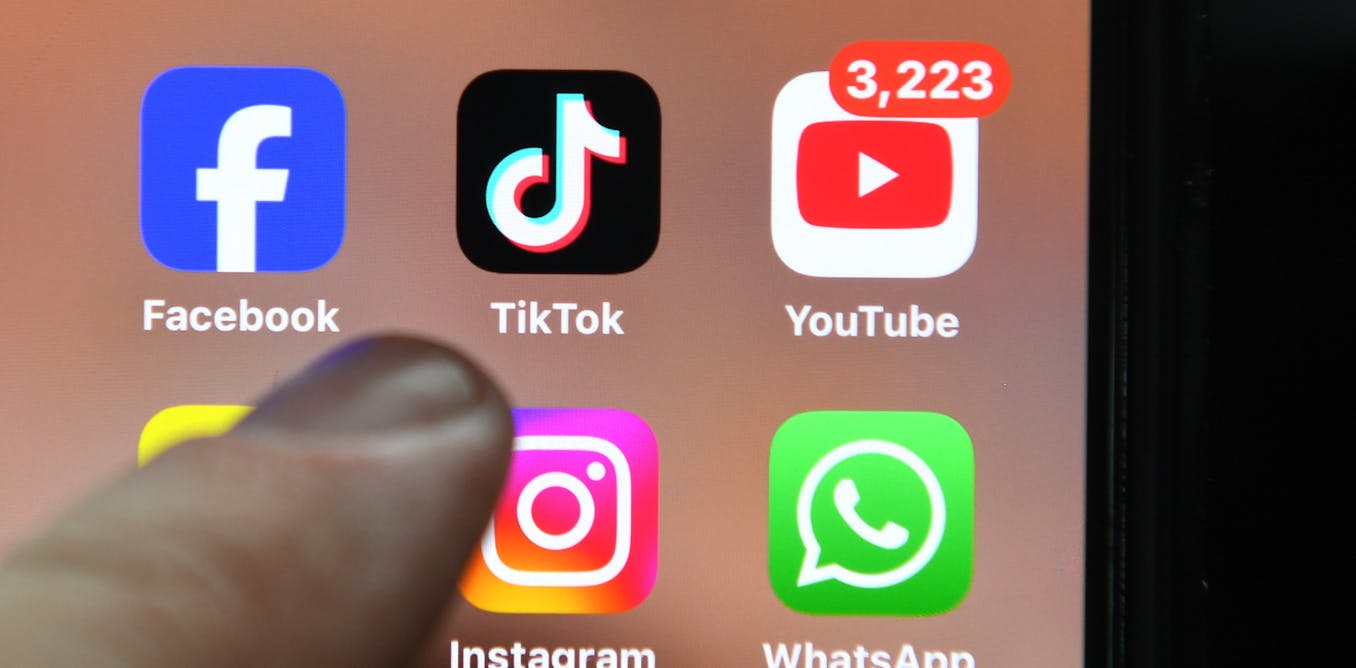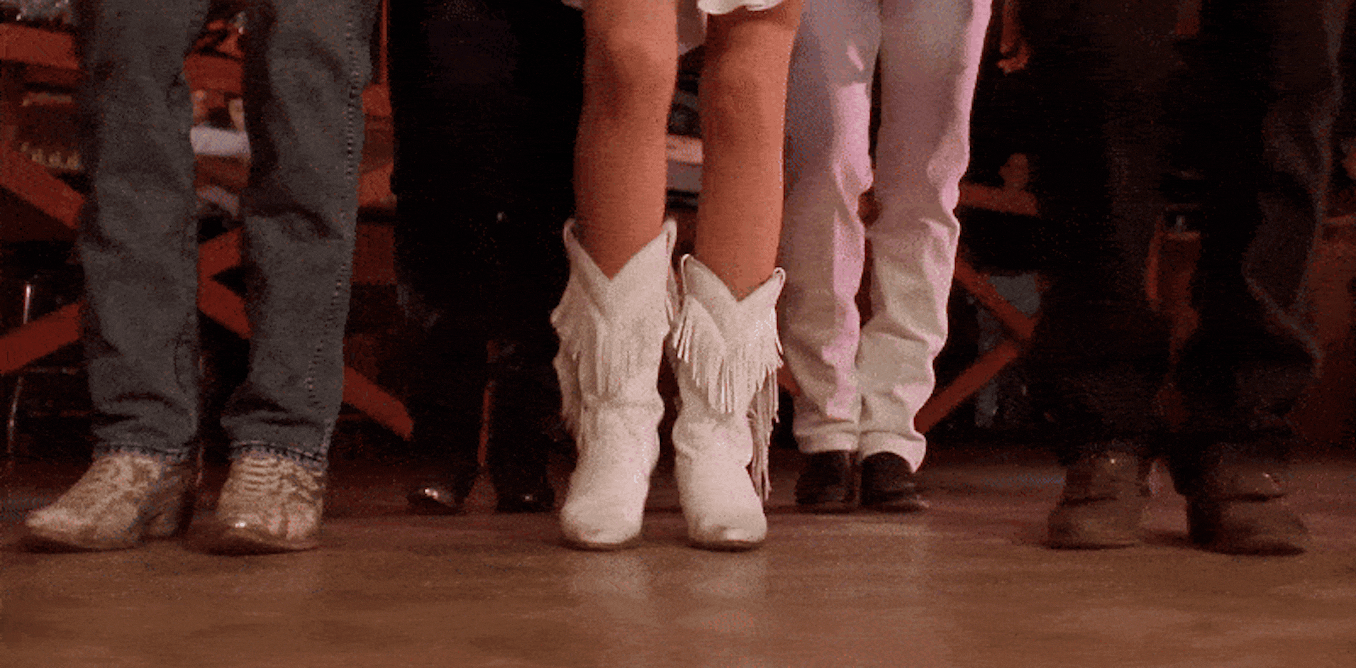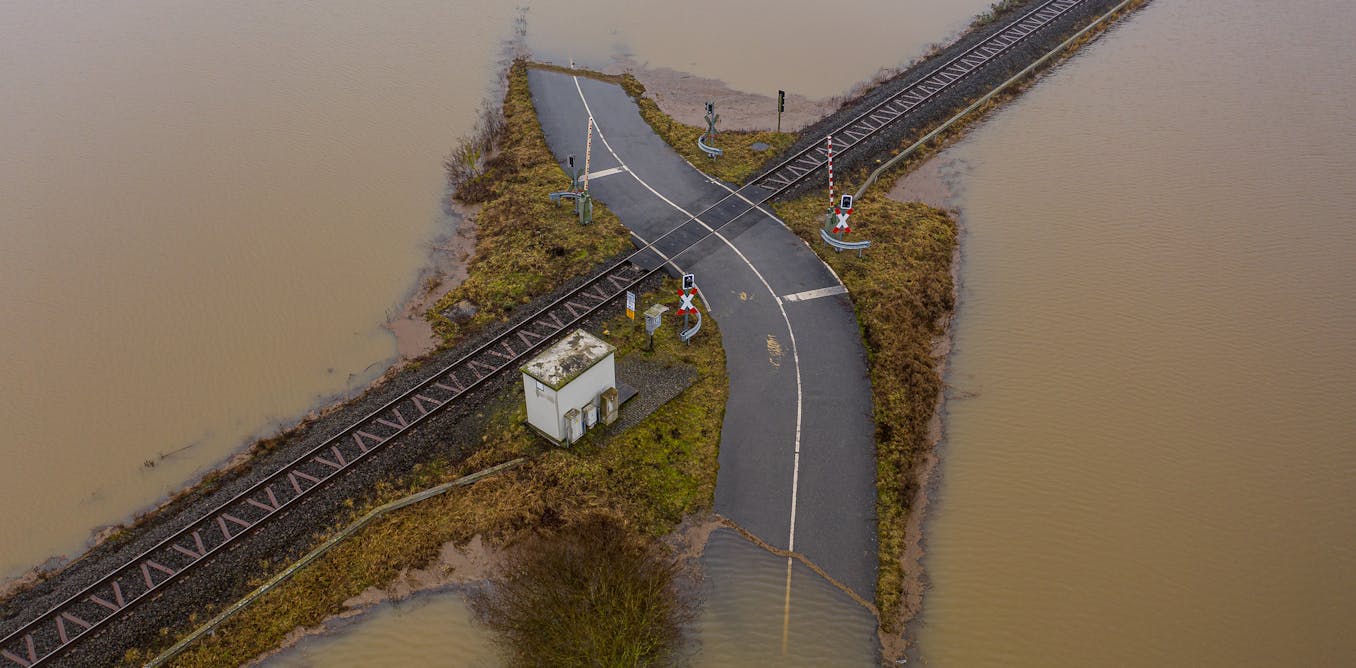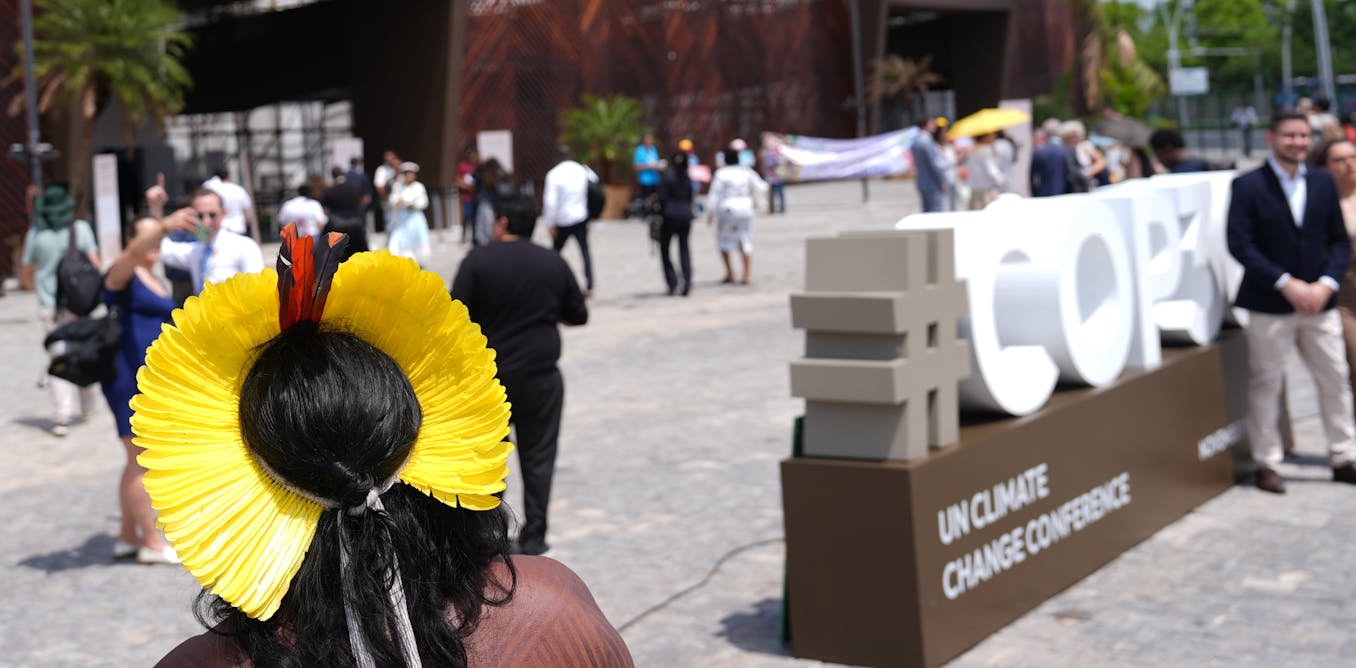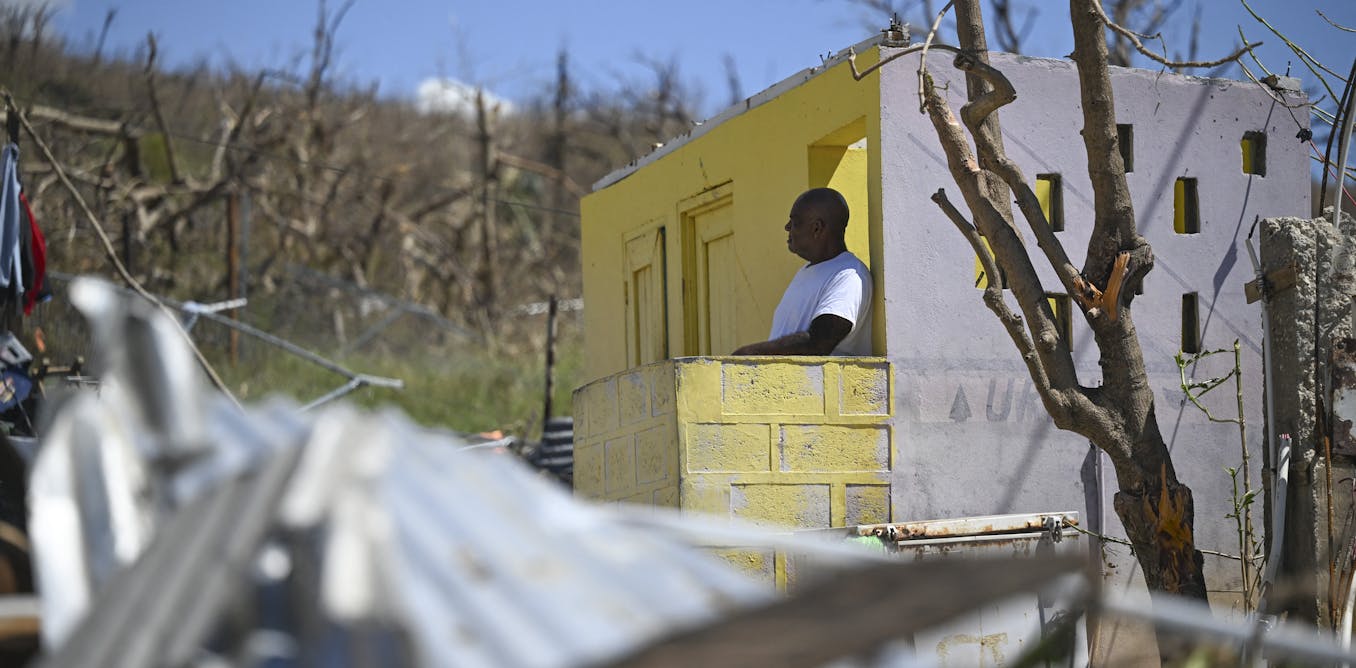On Tuesday, the first day of VIP previews for the bellwether Art Basel fair in Switzerland, several dealers admitted they had waited with bated breath for how the day would turn out amid the apparent market slowdown—or “correction,” as it has often been called.
“We were all waiting. We were watching the auctions very intently, and they did well. We didn’t know how this was going to go,” Samanthe Rubell, the president of Pace, told ARTnews.
Art Basel CEO Noah Horowitz, similarly, noted the art market’s “period of recalibration” and the atmosphere of caution these days. However, he told ARTnews that the energy of the crowd on Art Basel’s first day was evidence that “the market is very much still here, and very strong.”
Horowitz may not be far off. By the end of Tuesday, it was apparent that not only had the worst been averted, but there was enough sales activity to consider the day successful. Dealers told ARTnews with some surprise that, unlike previous years, more purchases were made in-person, rather via presale PDFs, suggesting a real desire to experience artworks in person and all that the fair and its surroundings have to offer.
Perhaps the most direct, and colorful, message about the market’s resilience was sent to press by Hauser & Wirth cofounder Iwan Wirth. “In spite of the ‘doom porn’ currently circulating in the art press and along gossip grapevines, we are very confident in the art market’s resilience and the first day of Art Basel has confirmed our perspective,” Wirth said in a statement.
“The advantage of the market returning to a more humane pace is that the most discerning international collectors are committing here and now to the very best of the best,” he continued.
There were certainly collectors galore taking advantage of that “more humane pace”—in other words, a time for good deals—including mega-collector Steve Cohen, who made the rounds with a colleague dressed in paraphernalia from the New York Mets, the baseball team Cohen bought in 2020. Despite Cohen’s prodigious art collection, he not a usual sight at the fair.
Other dealers, too, were seeing some excitement in the air. By afternoon, news spread through the crowded halls that David Zwirner gallery had sold a Joan Mitchell diptych titled Sunflowers (1990–91), for $20 million. (ARTnews has heard disputing reports from well-placed sources that the actual selling price was closer to $18 million.)
“I would call that a very strong fair,” Zwirner told ARTnews, before pointing to works throughout the booth repeatedly saying “sold.”
He continued, “And it really happened today. People want to see [the works], experience, talk about them. So, it’s happening here, much more this year than last year.”
Zwirner noted that, in some cases, advisers came on behalf of collectors from all over the world and used FaceTime or messaging to close deals.
“There’s been a narrative out there that the art market is weak and I feel like, when we do well, other galleries do well,” he said. “I assume this will be a very successful fair for the galleries. If the art market is not performing well in the auction environment, that’s one problem, but it’s certainly performing well right here.”
Zwirner also sold Gerhard Richter’s 2016 Abstraktes Bild (Abstract Painting) for $6 million, and Yayoi Kusama’s giant Aspiring to Pumpkin’s Love, the Love in My Heart (2023) for $5 million in the fair’s Unlimited section.
For what it’s worth, secondary market markups seemed more reasonable than usual. At Gagosian’s booth, an Ed Ruscha painting, Radio 1, which last sold at Sotheby’s in May of last year for $2.1 million, was on offer for $2.8 million. Also at Gagosian, Andy Warhol’s Hammer & Sickle (1976), which last sold at Sotheby’s in 2017 for $5.5 million, was on offer for $8.5 million.
“Overall, most galleries are better off today than they were in 2019,” Alex Forbes, the vice-president of galleries and fairs at Artsy, told ARTnews, referring to the last pre-pandemic fair. “It’s always important for folks to zoom out and take in the longer trend, rather than just focusing on year to year. In my view the art market in particular tends to respond to uncertainty more so than, necessarily, the ups and downs of the S& P 500.”
The European Central Bank’s decision to cut interest rates last week, offers some of that needed sense of stability, according to Forbes. ”I’m optimistic in the long run, particularly as we’re coming out of maybe the period of peak anxiety around possible runaway inflation,” he said.
Despite the top line successes, many dealers told ARTnews of a “slow down” in sales at the fair, with dealers taking longer to close sales and having to “work harder” with their clients to get pieces sold.
A New York–based art adviser who wished to remain anonymous, told ARTnews that a market slump, and what she called “disastrous” auction sales, have given her access to excellent artworks that were out of reach a few years ago.
“They will call you up, and before they didn’t have the time, because they had like 50 people calling them,” she said. “They are doing a really good job. They are the only people in the art world who put their money where their mouth is, [and] they are working harder.” When asked, the adviser echoed others who said primary prices have not changed, or gone down, despite concerns they have gotten too high.
“We do the very best we can, and when things do get quieter, it’s always also a moment of opportunity of getting even closer to the relationships you have, and build more there,” Marc Payot, president and partner of Hauser & Wirth, told ARTnews, while nevertheless noting sales are taking more time at the fair.
Basel is the mega-gallery’s home turf, and it had one of the fair’s stronger presentations, including mostly works by women and two artists of color.
“We have always done well when the market was not as hot,” Payot said, because the slower pace allowed them to spend more time “building relationships” with clients and artists. Despite any market cooling, by day’s end, the gallery said it sold more works Tuesday than on the first day of the 2023 fair.

In terms of sales, Hauser & Wirth placed its most expensive work brought to the fair, Arshile Gorky’s, rare 1946–47 large work on paper, Untitled (Gray Drawing (Pastoral)), for $16 million. The gallery also sold Jenny Holzer’s red granite benches to an Asian museum for an undisclosed sum, Blinky Palermo’s Ohne Titel (Untitled), from 1975, for $4 million, and Louise Bourgeois’s Woman with Packages (1987–93) marble sculpture for $3.5 million. Coinciding with their museum-caliber Vilhelm Hammershøi show in their new gallery space in Basel, a 1906 painting by the Danish painter, depicting a woman pinning up her loose hair, was sold for an undisclosed amount.
At the time of writing, a large Philip Guston painting, and a serene, white, moonscape by Georgia O’Keeffe (both priced at undisclosed sums) had not sold.
“Almost everything was sold in-person today,” said Pace’s Rubell, calling the gallery’s first day at Basel “fantastic.”
She continued, “In years prior, there has been a good amount of pre-sales from previews, but this time we’re really trying to capture new interest, and this moment of suddenly engaging, and having that feedback and response—it’s really worked. The energy is very good.”
A sprawling Jean Dubuffet bench sculpture titled Banc-Salon, overhung with suspended kites above, was a welcoming attraction for visitors who stopped at Pace’s booth. By early afternoon, the gallery had sold three editions of a total of six, priced at €800,000 ($860,000) each, in collaboration with Galerie Lelong & Co.
Pace also sold its star Agnes Martin painting, Untitled #20 (1974), which last sold at auction in 2012 for $2.43 million. Though they would not share the price, a source told ARTnews that the price was $14 million. In 2021, a similar work sold for $17 million at auction. First Nation artist Emily Kam Kngwarray, whom the gallery recently took on, also had her pieces sold: one for $250,000 and the other $220,000. Kngwarray had a retrospective at Australia’s National Gallery, and next summer will be featured at Tate Modern in London.
Thaddaeus Ropac, which historically does not pre-sell its booth, was humming early in the fair, with fast paced sales from the get-go. “Like the old days,” one spokesperson told ARTnews. The gallery sold a major Robert Rauschenberg work from 1985 for $3.85 million, several editions of a Georg Baselitz bronze sculpture for €2 million each, along with other works by the artist, priced between €1.2 million and €1.8 million.
At White Cube, a Julie Mehretu painting from 1999 went for $6.75 million; it was last seen at auction six years ago, when it sold for $2.5 million. A “monumental” Mark Bradford, titled Clowns Travel Through Wires (2013), also sold for $4.5 million. Jeff Wall’s The Storyteller (1986) sold for $2.85 million, along with works by David Hammons, Tracey Emin, Gabriel Orozco, Antony Gormley, Howardena Pindell, and others. At the time of writing, the Richard Hunt sculpture for $1.75 million and the Frank Bowling for $1.35 million were not listed as sold.

“It’s neither the end of the world nor is it speculation,” Belgian collector Alain Servais told ARTnews. But that can make for a lack of newsy buzz. In fact, Servais says pre-sales and a broader commercialization of the fair have helped sap the fair of its urgency so that, “the froth (or the buzz) is down, so the excess are down, but you’re still selling.” Now, “80 percent of the reason I go to Basel is for the networking,” he added.
Others felt differently. Wishing away the pre-selling model is “nostalgia,” Madrid-based art adviser and curator Eva Ruiz, a friend of Servais, told ARTnews. She said she sees excitement in the way people share what they’ve seen and talk about in the early moments of the fair. “I still see collectors excited to be there the first day,” despite having seen a PDF in advance. “They still want to rush to see the work, and to be the first to buy,” she said.
As to whether Art Basel Paris might soon eclipse the Swiss fair? Ruiz said other regional fairs remain limited to their geographic locations. Basel is the exception. “Art Basel, Basel is seen as the prized, first art fair to visit,” she said, before adding that there is “room” for two European fairs. Americans, in particular, she said, are happy to come back to Europe for the Paris fair.
On the fair’s upper floor, where mid-sized and smaller galleries have their booths, New York’s Canada gallery featured color- and material-rich abstractions by Joan Snyder, which have attracted a lot of attention. They sold and reserved her pieces for $180,000 and $190,000. The artist is enjoying some overdue attention in her 80s, selling above her estimates at auction and set for her first solo exhibition with Thaddaeus Ropac in November. Canada gallery also placed a 2013 painting by Joe Bradley for an undisclosed sum. Co-founder Phil Grauer agreed collectors were calculating and taking their time.
“They’ve got time, it’s not a rush,” he said. “But there’s still desire and interest and enthusiasm.”

The post “On Art Basel’s First Day, Sales Roll In and the Art World Breathes A Sigh of Relief” by Harrison Jacobs was published on 06/12/2024 by www.artnews.com



